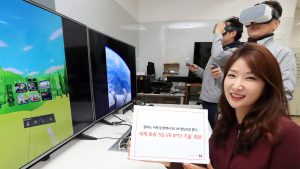The importance of telecommunications resilience is reflected in the fact that government has identified telecommunications as one of the top 10 sectors deemed to be part of the Critical National Infrastructure (CNI).
The government views the Critical National Infrastructure as those assets, services and systems that support the economic, political and social life of the UK whose importance is such that any entire or partial loss or compromise could:
- cause large scale loss of life
- have a serious impact on the national economy
- have other grave social consequences for the community
- be of immediate concern to the national government
Telecommunications fits with each of these 4 points.
The nature of the UK’s telecommunications networks
It is important to understand the nature of telecommunications networks and the kinds of company that now provide those networks and/or the services running over them. The fundamental principle of telecommunications is the ability to transmit information over a distance. Transmission systems comprise three elements:
- A Transmitter;
- A Transmission Medium; and
- A Receiver
The Transmitter converts the information into a form of energy appropriate to the Transmission Medium in use and injects that energy into the Transmission Medium. The Transmission Medium conveys the energy over a path to the Receiver.
The Receiver converts the received energy into a form suitable for use at the receiving location, thereby creating a distant replica of the original information. Although TV signals are broadcast one-way out towards viewers, most transmission systems are bi-directional, allowing conversation and interaction between 2, or sometimes more, parties.
All forms of telecommunications use different types of electro-magnetic energy and the principle types of transmission media are:
- Electrical signals over metallic wires;
- Radio waves through the air and space;
- Light signals through optical fibres
All of these are forms of electro-magnetic energy, but differ widely in the frequencies of the signals used. The list is not exhaustive, for example, low frequency short range magnetic coupling is used for systems like hearing aid loops for the hard of hearing and infra-red light is used to communicate between our TVs and their remote controls.
Though these technologies are not used for public networks, they are all forms of telecommunication.










